- Home
-
My Models
-
AV History
- Airline History Blog
-
Airline Development
>
-
Liveries
>
- Aeroméxico Liveries
- Air China Special Liveries
- American Airlines Liveries
- British Airways Liveries
- Continental Airlines Liveries
- Delta Air Lines Liveries
- Eastern Air Lines Liveries
- Landor Liveries
- National Airlines Liveries
- Northeast Airlines Liveries
- Northwest Airlines Liveries
- Pan Am Liveries
- Trans World Airlines Liveries
- United Airlines Liveries
- Western Airlines Liveries
- Airbus A380s >
- Boeing 747 >
- Real Airport Histories >
- Plane Spotting >
- Aviation Stickers >
-
1:400 SCALE
- Collecting 1:400 Scale >
- The History of 1:400 Scale >
-
1:400 Brands
>
- Aeroclassics >
- Airshop Diecast
- AURORA Models
- Aviation400 (2007-2012)
- Big Bird 400 Your Craftsman
- Black Box Models
- Blue Box & Magic Models
- C Models
- Dragon Wings
- El Aviador 400
- Gemini Jets >
- JAL Collection / Jet Hut >
- Jet-X >
- MP4 Models
- NG Models >
- Panda Models >
- Phoenix Models >
- Seattle Models Co (SMA)
- Skyjets400
- Sovereign Models
- TucanoLine
- Witty Wings / Apollo
- Yu ModeLs
- 1:400 Custom Models >
- Production Numbers
- Zinc Rot
-
1:400 Moulds
- The Best Moulds >
- Airbus >
-
Boeing
>
- Boeing B-377 Stratocruiser
- Short Boeing 707s & 720s
- Boeing 707-320/420
- Boeing 717
- Boeing 727-100
- Boeing 727-200
- Boeing 737-100/200
- Boeing 737-300 >
- Boeing 737-400
- Boeing 737-500
- Boeing 737-600
- Boeing 737-700/800/900 >
- Boeing 737 MAX
- Boeing 747-100/200 >
- Boeing 747-400 >
- Boeing 747SP
- Boeing 747-8 Interactive
- Boeing 747LCF Dreamlifter
- Boeing 757-200 >
- Boeing 757-300
- Boeing 767-200
- Boeing 767-300
- Boeing 777-200
- Boeing 777-300
- Boeing 787
- British >
- Douglas >
- Lockheed >
- Other >
- Chinese >
- Soviet >
- Smallest Moulds in 1:400
-
1:400 Reviews
-
Model News
- Model Blog
-
New Mould Samples
>
- Aviation400 >
- JC Wings >
-
NG Models 400 Scale
>
- Airbus A318
- Airbus A319/320 CEO
- Airbus A319/320 NEO
- Airbus A321CEO & NEO
- Airbus A330-200/300
- Airbus A330 Beluga XL
- Airbus A330-800/900
- Airbus A340-200/300
- Airbus A350-900
- Airbus A350-1000
- Boeing 737-600/700/900
- Boeing 737-600 Refresh
- Boeing 737-800
- Boeing 737 MAX-8/MAX-9
- Boeing 737 MAX-7/MAX-10
- Boeing 747-100
- Boeing 747-200
- Boeing 747-400
- Boeing B747SP
- Boeing 747-8I
- Boeing 747-8F
- NG 747s Together
- Boeing 757-300
- Boeing 767-200/300 >
- Boeing 767-400 >
- Boeing 777-200
- Boeing 777-300/300ER
- Boeing 787-8
- Lockheed L-1011 Tristar
- Lockeed Tristar 500
- McDonnell Douglas MD-80
- McDonnell Douglas MD-87
- Tupolev Tu-154
- Tupolev Tu-204/Tu-214/Tu-234
- NG Models 200 Scale >
- Phoenix Models >
- Yu ModeL >
-
1:600 SCALE
- DIORAMAS
|
Hawaiian Airlines was faced with the same range of challenges in the deregulated 1980s as other legacy carriers - increased competition, deflated prices and the loss of its protected status. It responded with an unprecedented expansion, hoping to open up Honolulu as a transit hub on the one hand and a major charter player on the other. The strategy was far from a success but the airline just about survived.
During the 1960s and 1970s competition on inter-island flights was limited to Hawaiian Airlines and Aloha. There was strong competition to serve Hawaii from the mainland USA but even after the opening of these routes they had been limited to only US trunk airlines and they had to serve Honolulu. Deregulation brought massive change to the landscape as not only could new start-ups compete on inter-island flights but other Hawaiian destinations were open to long-haul traffic, allowing inter-island services to be bypassed.
For Hawaiian Airlines these would prove a major challenge that appeared to threaten the viability of the carrier’s entire business model. Their response was to take the bull by the horns and expand to meet the challenges, a move which would in the end cause an existential crisis for the airline.
Hawaiian at the beginning of the 1980s was still purely operational on the inter-island flights connecting the various Hawaiian Islands with their Honolulu base. The fleet, which had consisted of DC-9-50s and Shorts 330s in 1980 was gradually transitioning to McDonnell Douglas DC-9 Super 80s (i.e. MD-80s) and De Havilland Dash-7s.
The carrier had previously operated some longer-range aircraft, in the form of several DC-6s, during the early 1960s and had attempted to acquire scheduled services to both the mainland USA and Pacific region, but had never been able to get past the CAB to acquire the route authorities. Instead the carrier had only been able to get permission to fly a military contract under the MATS programme, which it did so between October 1959 and December 1960 connecting Honolulu to Midway, Kwajalein and Eniwetok.
Deregulation meant the CAB no longer held sway over what routes and airline could operate and Hawaiian began an aggressive expansion, which began in 1983 with the lease of a trio of Douglas DC-8-62s. This initial trio had all served with Braniff, although one was originally delivered new to Alitalia. They began a series of worldwide charter flights.
The initial DC-8s were returned to their lessor after about a year and replaced by another pair of DC-8-62s and a single DC-8-63. Their charter services encompassed both civilian and military flying and gave the airline its first taste of long-haul operations.
Charter routes were merely the first phase of expansion and the DC-8s would become the aircraft of choice to operate a new South Pacific network connecting Honolulu with Pago Pago in American Samoa and Nuku’alofa in Tonga from mid-1985.
1985 would also be the year that Hawaiian would boldly enter into the Hawaii-US mainland market and to compete here it acquired five ex-All Nippon Lockheed Tristars from Boeing. All five had been acquired by Boeing in part exchange for new 767-200s and subsequently upgraded as Tristar 50s. The first aircraft arrived in March and scheduled services began on June 12 connecting Los Angeles to Honolulu daily.
In 1988 a subsidiary of Japan Air Lines had put in $20 million for a 20% stake in the company but it hadn’t impacted profitability and John H. Magoon Jnr – the chairman and CEO was in the firing line as architect of Hawaiian’s Pacific strategy. The airline’s level of service had also dropped and the carrier consistently ranked as one of the industry’s leaders in terms of customer complaints.
By mid-1989 Hawaiian’s weakness was attracting speculation and it had already had to deny rumours that Delta was interested in taking it over to gain access to the Pacific routes. Instead an investment group led by Peter V. Ueberroth and J. Thomas Talbot acquired the airline in late December 1989. Despite the takeover Hawaiian’s fortunes did not improve as the new team struggled to offset operating losses and pay for deferred maintenance on the fleet.
The new management faced several challenges. Several of the long-haul routes (like Auckland and Sydney) could not be operated profitably with low-frequency DC-8 services when competing carriers flew the same services more frequently and with widebody equipment. Additionally, advance block sales of tickets at low prices damaged route profitability and market-share was being hit by the airline’s poor image for reliability.
Extensive efforts were made to improve on time performance and flight schedule completion but the contraction of long-haul services was also begun. Hawaiian could not afford to acquire competitive long-haul equipment even after being awarded the Honolulu-Fukuoka, Japan route and on December 10, 1990 a deal was announced with Northwest Airlines in which the latter would purchase the Sydney route, operate the Fukuoka service and provide a $20 million cash infusion in return for a 25% minority stake in the airline.
The airline’s image in the eyes of the US military also suffered, so that in early 1990 it had been put on a temporary “non-use” status, but fortunately it was able to quickly make things right and was awarded two long-term contracts. These included flying over 200 missions related to the Operation Desert Shield build up in the Gulf, which had done so much to damage the world’s economic fortunes at the dawn of the 90s.
Scheduled service to Anchorage, Las Vegas, Auckland and Guam were all cancelled in 1990 but despite the improvements the airline still made a loss, which would balloon out to $99 million in 1991. Not only having to contend with its own challenges, rapidly increasing fuel costs and the general traffic downturn caused by the Gulf crisis hit the airline hard even as its operational performance improved significantly.
Financial instability continued into 1992 and the airline was hit by an estimated $7 million loss from the impact of Hurricane Iniki when it hit the island of Kauai on September 11. It was clear that further cuts needed to be made and in 1993 the DC-8s were all withdrawn and the South Pacific network reduced to only Tahiti and American Samoa. John A. Ueberroth, who had taken over from J. Thomas Talbot as CEO in June 1990 was replaced in June 1993 by Bruce R. Nobles but it was still necessary for Hawaiian to declare Chapter 11 bankruptcy on September 21.
The negotiations undertaken during the period between the bankruptcy filing and the airline’s exit from bankruptcy on September 12, 1994 would result in a very different airline emerging, one backed by its new partner American Airlines.
As part of the deal Hawaiian joined American’s frequent flyer programme, moved over to AA’s computer system and leased 5 American Airlines McDonnell Douglas DC-10s as replacements for the Tristars. Among the improvements touted for the DC-10s was 9 abreast seating (compared to 10 abreast in the L-1011s), an improved cabin interior and of course a significant cost saving due to the American connection.
The DC-10s began to join in February 1994 and the Tristars quickly transitioned out of the fleet. The last Hawaiian Tristar service was operated by N766BE on September 6, 1994. One of the Tristars was purchased off lease by American Trans Air but the others all were returned to their lessors and subsequently joined Rich International.
Hawaiian would go on to rebuild its strength during the 90s but would still be unable to avoid a second trip to bankruptcy court in 2003. Nonetheless the exit from the first bankruptcy bookmarked Hawaiian’s first tumultuous phase in the deregulated marketplace. It had gambled and lost but still somehow survived to fight another day.
References
Cohen, S. Hawaiian Airlines: A Pictorial History 1989. Elliot, S. Ueberroth Part of Group Buying Hawaiian Airlines. Washington Post 1989. Donnelly, C. Hawaiian Airline’s Stock Falls After Buyout Offer. Associated Press History of Hawaiian Airlines
2 Comments
18/6/2020 06:00:41 pm
I would like to get my hands on the Hawaiian Air DC-8-62 and L-1011 Models. Any chance you could direct me as to whom I can contact? I flew both for Hawaiian Airlines in the 80's and early Nineties until the Dc-10 came on property.
Reply
Richard Stretton
18/6/2020 07:51:58 pm
For one of the Tristars try Waffle Collectibles: https://www.wafflecollectibles.com/1400-NG-Models-Hawaiian-Airlines-Lockheed-L-1011-1/100-N763BE-31002.html
Reply
Leave a Reply. |
AuthorI'm Richard Stretton: a fan of classic airliners and airlines who enjoys exploring their history through my collection of die-cast airliners. If you enjoy the site please donate whatever you can to help keep it running: Archives
July 2024
Categories
All
|
- Home
-
My Models
-
AV History
- Airline History Blog
-
Airline Development
>
-
Liveries
>
- Aeroméxico Liveries
- Air China Special Liveries
- American Airlines Liveries
- British Airways Liveries
- Continental Airlines Liveries
- Delta Air Lines Liveries
- Eastern Air Lines Liveries
- Landor Liveries
- National Airlines Liveries
- Northeast Airlines Liveries
- Northwest Airlines Liveries
- Pan Am Liveries
- Trans World Airlines Liveries
- United Airlines Liveries
- Western Airlines Liveries
- Airbus A380s >
- Boeing 747 >
- Real Airport Histories >
- Plane Spotting >
- Aviation Stickers >
-
1:400 SCALE
- Collecting 1:400 Scale >
- The History of 1:400 Scale >
-
1:400 Brands
>
- Aeroclassics >
- Airshop Diecast
- AURORA Models
- Aviation400 (2007-2012)
- Big Bird 400 Your Craftsman
- Black Box Models
- Blue Box & Magic Models
- C Models
- Dragon Wings
- El Aviador 400
- Gemini Jets >
- JAL Collection / Jet Hut >
- Jet-X >
- MP4 Models
- NG Models >
- Panda Models >
- Phoenix Models >
- Seattle Models Co (SMA)
- Skyjets400
- Sovereign Models
- TucanoLine
- Witty Wings / Apollo
- Yu ModeLs
- 1:400 Custom Models >
- Production Numbers
- Zinc Rot
-
1:400 Moulds
- The Best Moulds >
- Airbus >
-
Boeing
>
- Boeing B-377 Stratocruiser
- Short Boeing 707s & 720s
- Boeing 707-320/420
- Boeing 717
- Boeing 727-100
- Boeing 727-200
- Boeing 737-100/200
- Boeing 737-300 >
- Boeing 737-400
- Boeing 737-500
- Boeing 737-600
- Boeing 737-700/800/900 >
- Boeing 737 MAX
- Boeing 747-100/200 >
- Boeing 747-400 >
- Boeing 747SP
- Boeing 747-8 Interactive
- Boeing 747LCF Dreamlifter
- Boeing 757-200 >
- Boeing 757-300
- Boeing 767-200
- Boeing 767-300
- Boeing 777-200
- Boeing 777-300
- Boeing 787
- British >
- Douglas >
- Lockheed >
- Other >
- Chinese >
- Soviet >
- Smallest Moulds in 1:400
-
1:400 Reviews
-
Model News
- Model Blog
-
New Mould Samples
>
- Aviation400 >
- JC Wings >
-
NG Models 400 Scale
>
- Airbus A318
- Airbus A319/320 CEO
- Airbus A319/320 NEO
- Airbus A321CEO & NEO
- Airbus A330-200/300
- Airbus A330 Beluga XL
- Airbus A330-800/900
- Airbus A340-200/300
- Airbus A350-900
- Airbus A350-1000
- Boeing 737-600/700/900
- Boeing 737-600 Refresh
- Boeing 737-800
- Boeing 737 MAX-8/MAX-9
- Boeing 737 MAX-7/MAX-10
- Boeing 747-100
- Boeing 747-200
- Boeing 747-400
- Boeing B747SP
- Boeing 747-8I
- Boeing 747-8F
- NG 747s Together
- Boeing 757-300
- Boeing 767-200/300 >
- Boeing 767-400 >
- Boeing 777-200
- Boeing 777-300/300ER
- Boeing 787-8
- Lockheed L-1011 Tristar
- Lockeed Tristar 500
- McDonnell Douglas MD-80
- McDonnell Douglas MD-87
- Tupolev Tu-154
- Tupolev Tu-204/Tu-214/Tu-234
- NG Models 200 Scale >
- Phoenix Models >
- Yu ModeL >
-
1:600 SCALE
- DIORAMAS

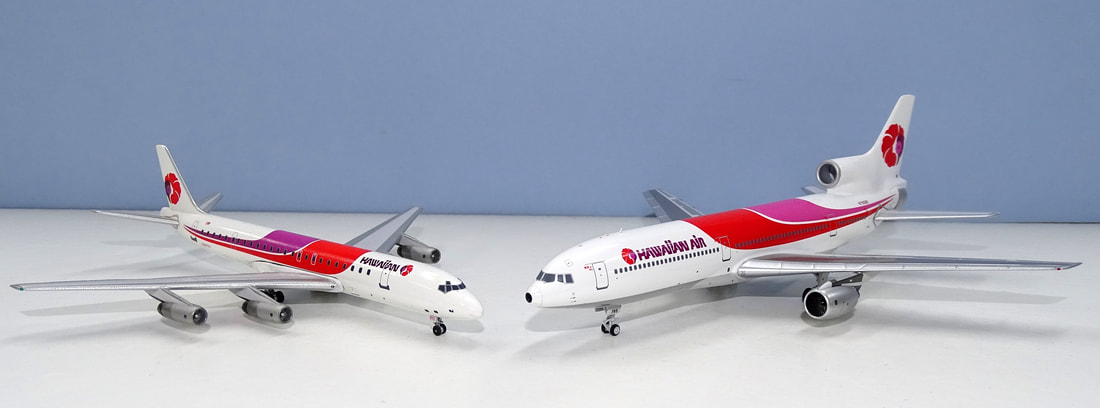



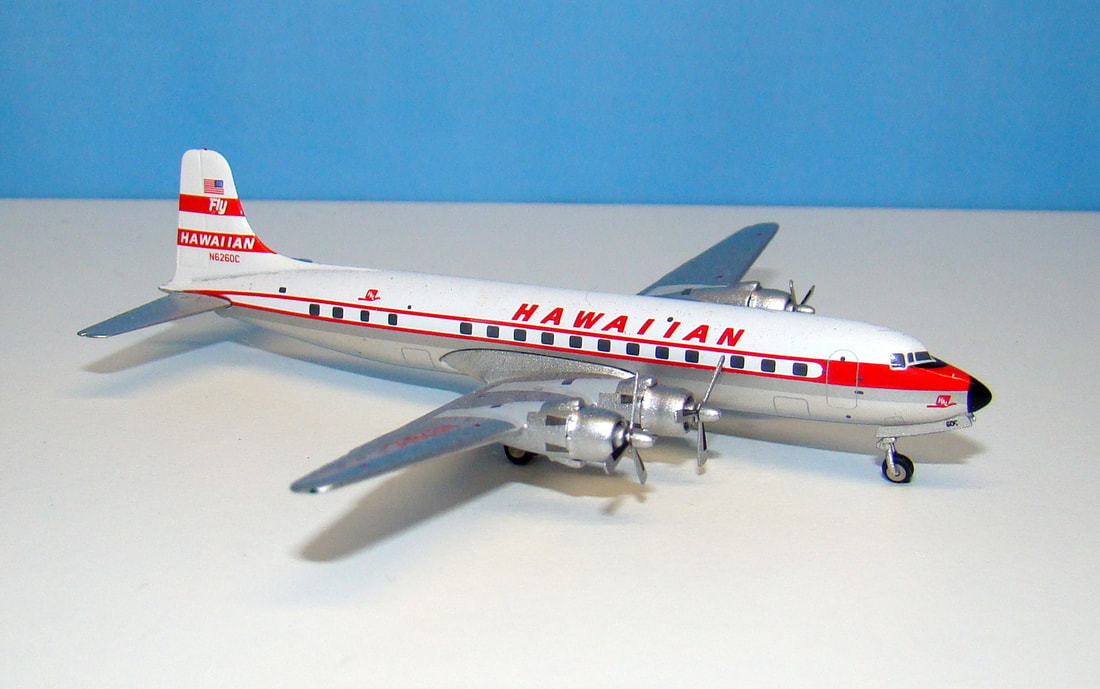
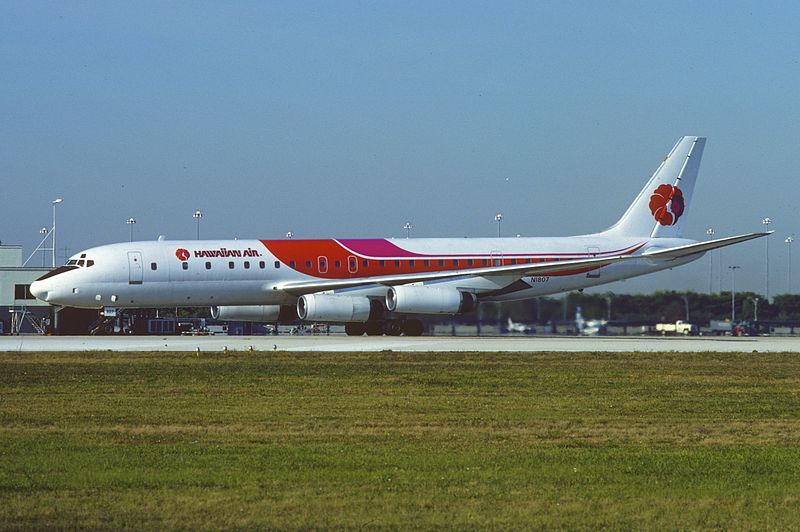

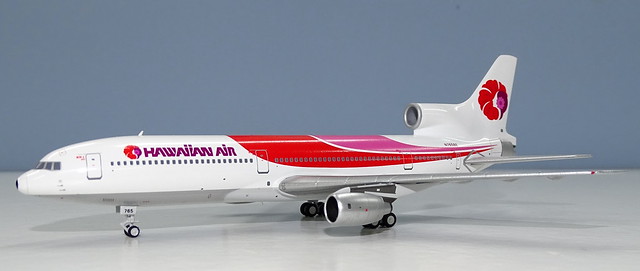
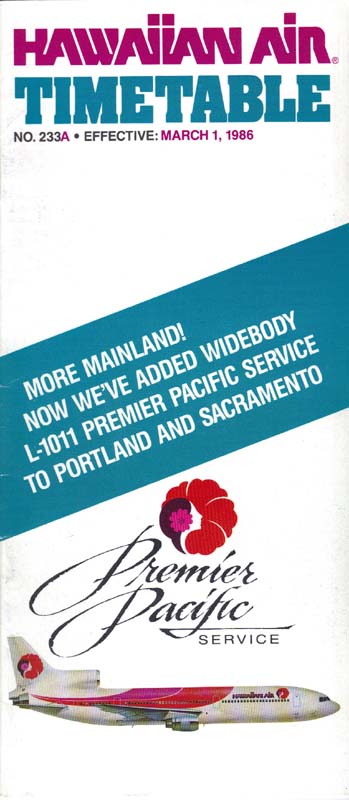

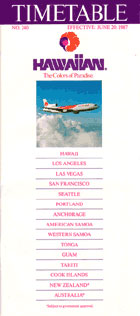

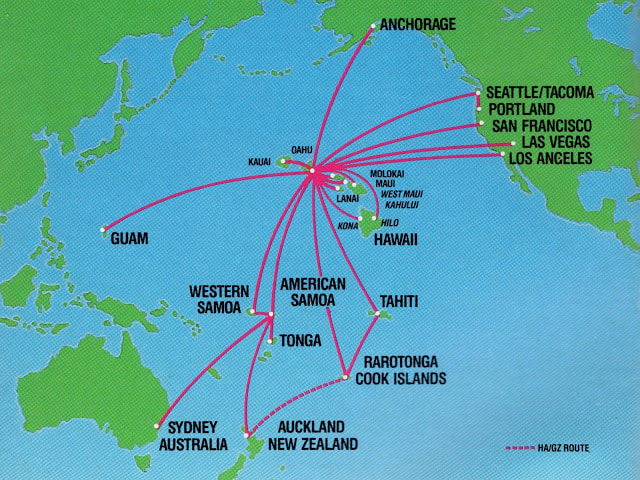
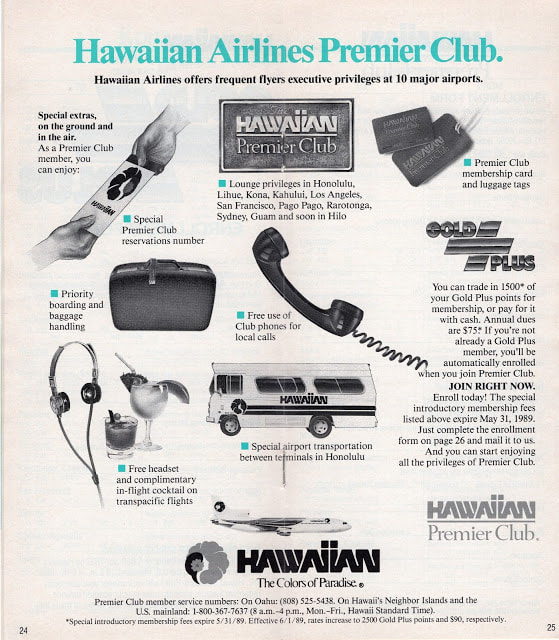

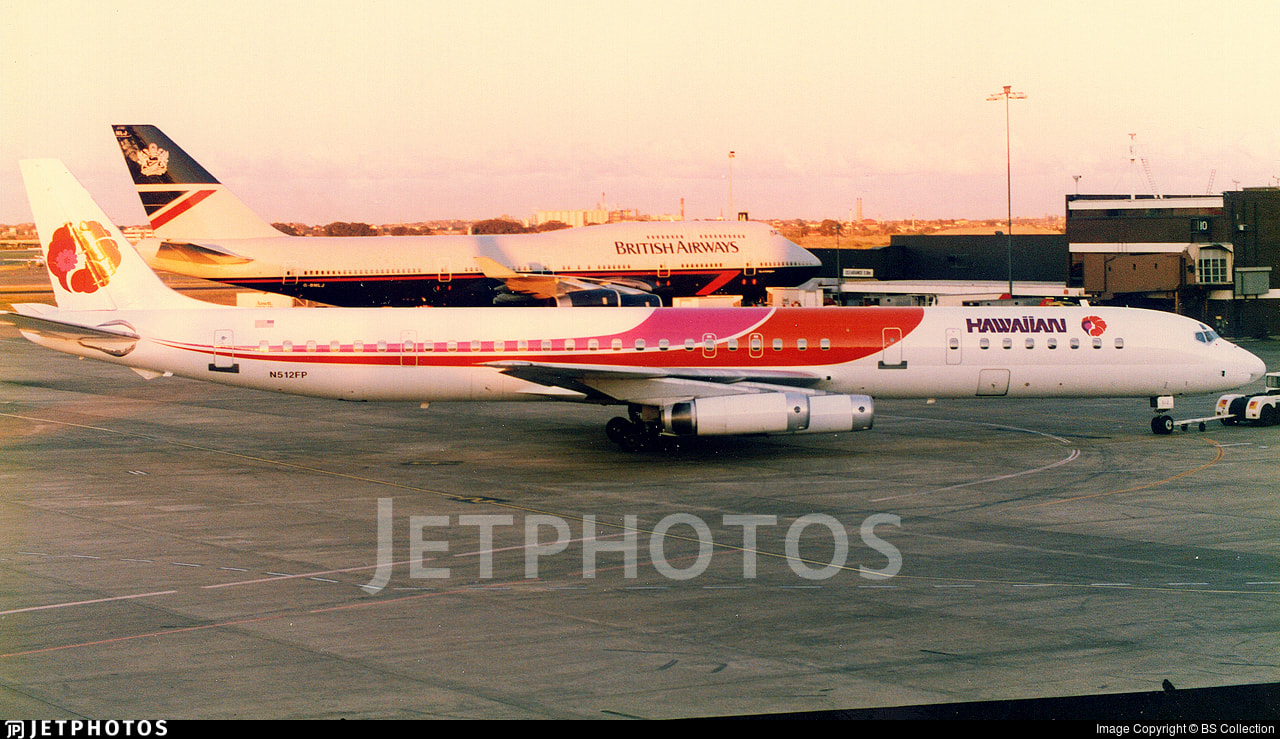
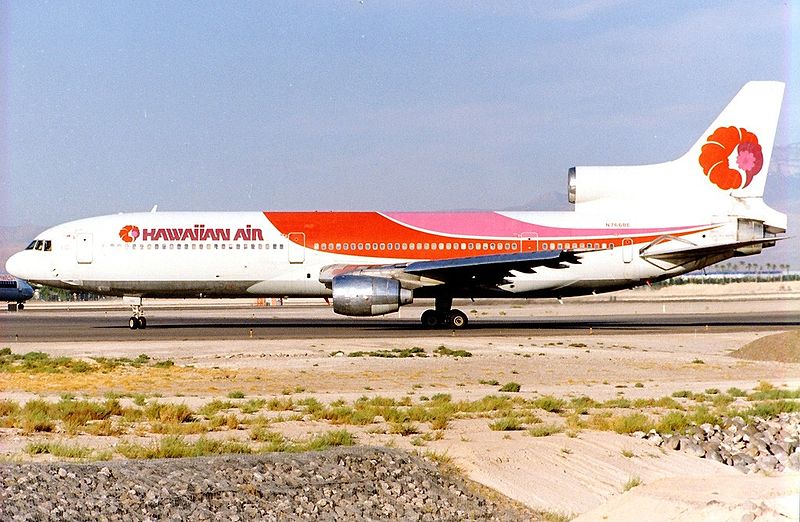
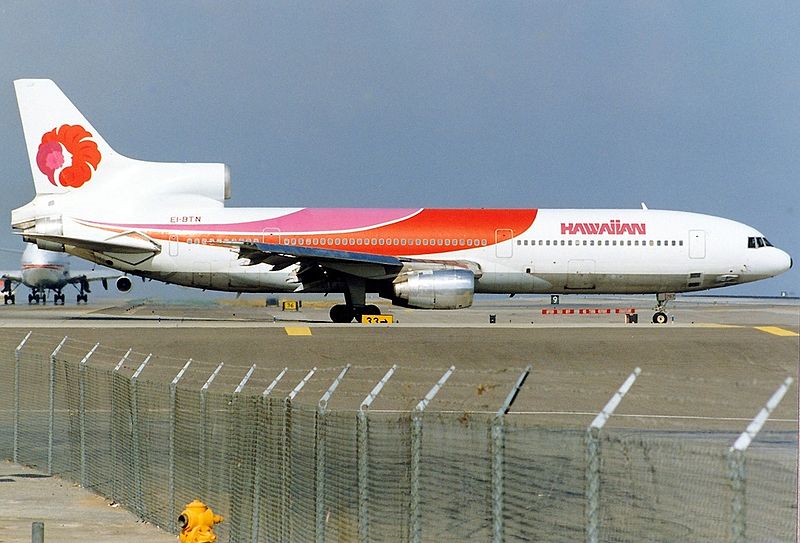
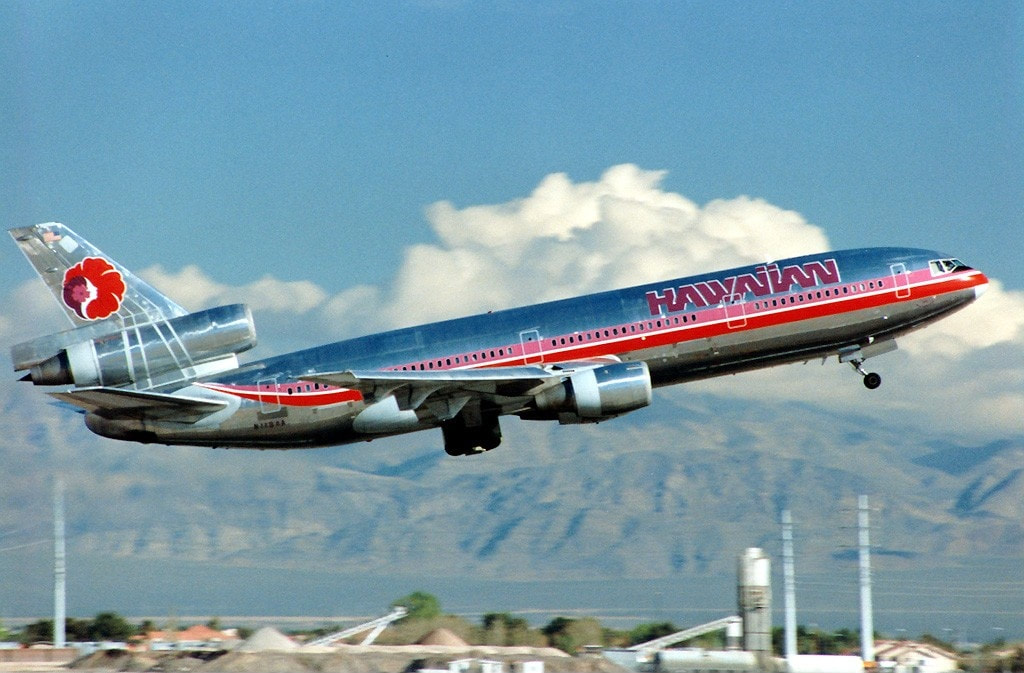
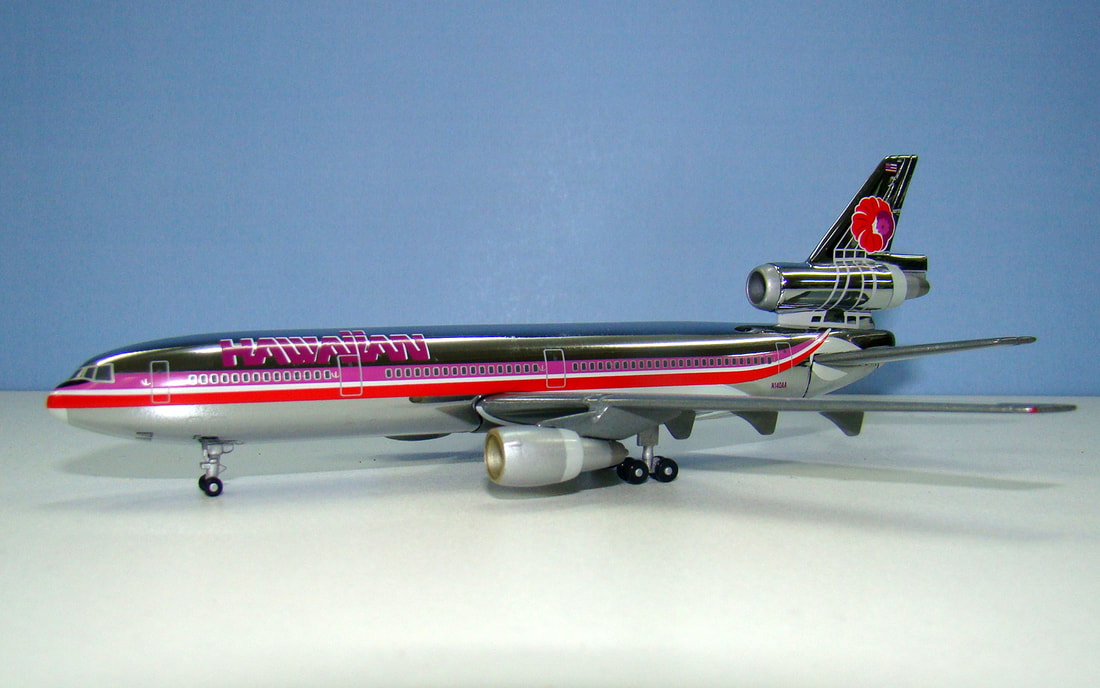
 RSS Feed
RSS Feed